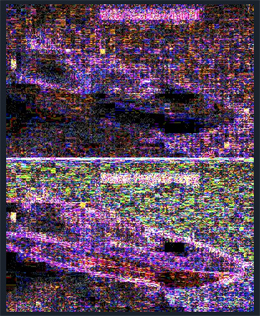What is it? A free tool to allow you to test whether or not an image has been digitally manipulated in programmes such as Adobe Photoshop. Paste the URL of a photo and Error Level Analysis will return results in an instant. The tool tests how many times an image has been manipulated and re-saved.
How is it of use to journalists? Journalists frequently have to verify images and work out whether they have been manipulated. It may be to test whether an image from a press release has been altered, or from social media sources using Twitter and Facebook.
Take the case of a journalist's quest to find the man behind the world's most expensive everything. Stewart Campbell, the deputy editor of Motor Boat and Yachting, set out to prove that a press release claiming the launch of a £3 billion golden superyacht was a fake. Campbell's keen eye led him to the original photo, which he could prove had been doctored. Error Level Analysis would have demonstrated the level of digital manipulation, which you can see by clicking here.


The Error Level Analysis site clearly explains how the tool works - and comes with a word of warning about interpreting the results:
It works by resaving an image at a known quality, and comparing that to the original image. As a jpeg image is resaved over and over again, its image quality decreases. When we resave an image and compare it to the original, we can guess just how many times the image has been resaved. If an image has not been manipulated, all parts of the image should have been saved an equal amount of times. If parts of the image are from different source files, they may have been saved a number of different times, and thus they will stand out as a different colour in the ELA test.
It is worth noting that edges and areas red in colour are often depicted as brighter in the ELA tests. This due to the way the photos are saved by various programs. It is not proof that image was manipulated.
If you are unsure how to interpret the results, please do not claim the results of this tool as proof of anything.
Free daily newsletter
If you like our news and feature articles, you can sign up to receive our free daily (Mon-Fri) email newsletter (mobile friendly).
Related articles
- Six tools to elevate your data storytelling
- Nine AI hacks for newsroom leaders to promote employee wellbeing
- Tool for journalists: Baekdal News Analyzer, for making news content more relevant
- WAN-IFRA launches gaming tool NewsArcade with six-month free trial
- Blockchain can help news publishers fight risks posed by fake news websites











